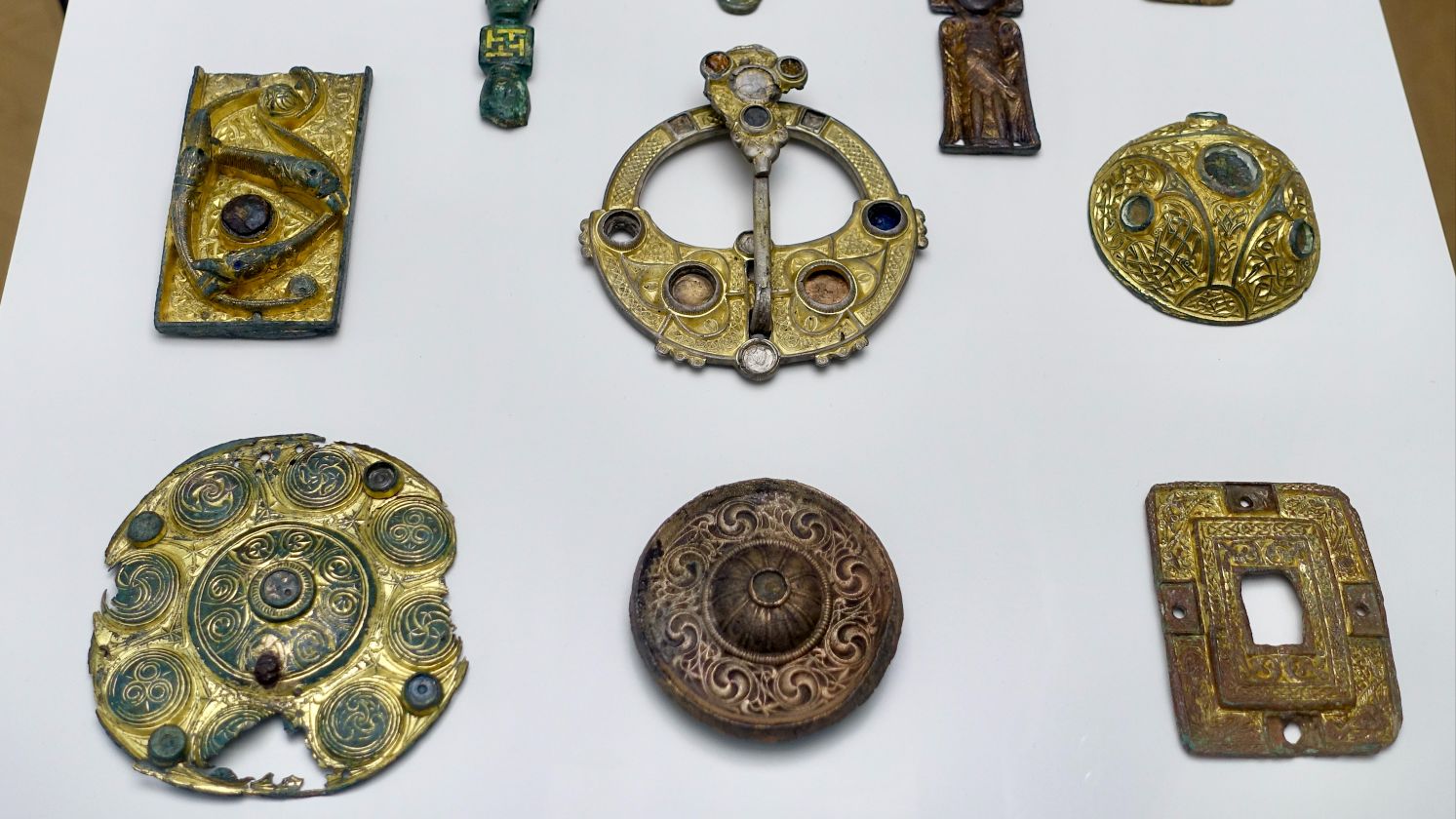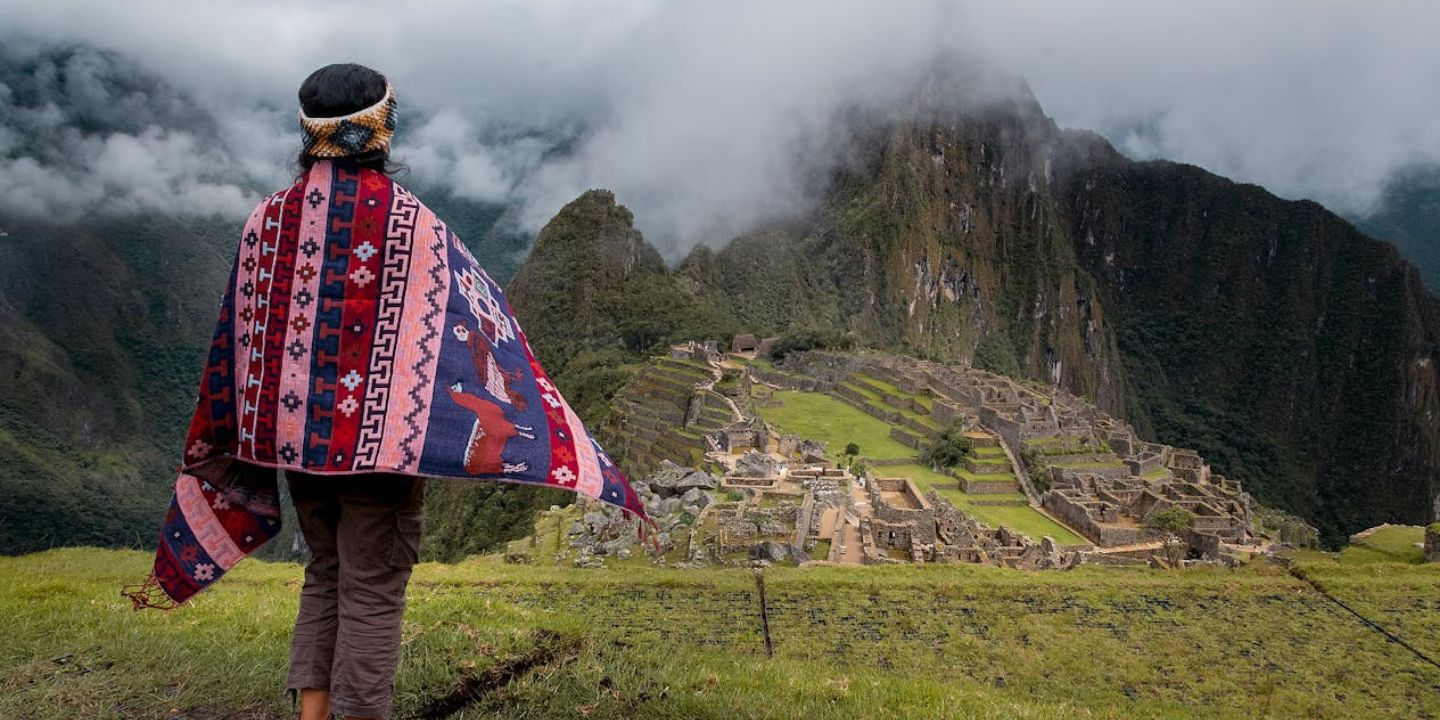Rome’s Power Play In Stone
The Colosseum is one of those landmarks that instantly comes to mind when you think of Rome, but most people only know it as the big arena with gladiators. In reality, it’s packed with history, engineering breakthroughs, and some pretty unexpected details that don’t always make the tour guide’s script. So, here are 20 fascinating facts about a true man-made marvel.
 Utente:FeaturedPics on Wikimedia
Utente:FeaturedPics on Wikimedia
1. World’s Largest Ancient Amphitheater
The Colosseum stands as the largest amphitheater ever constructed in the ancient world, a scale that exceeded any other stadium in the Roman Empire. Built for public spectacles, its design dwarfed most Greek theaters of the time.
2. Built By Vespasian, Opened By Titus
Construction of the Colosseum began in AD 70 under Emperor Vespasian, who envisioned the amphitheater as a gift to the Roman people. A decade later, in AD 80, his son Titus completed and inaugurated the structure.
3. It Could Hold Over 50,000 Spectators
The Colosseum’s scale is best understood through its ability to seat an astonishing crowd, with estimates ranging between 50,000 and 80,000 people. Despite the massive audience, the design allowed the entire amphitheater to be filled or emptied in just a few minutes.
 Gonzalo Serrano Espada on Wikimedia
Gonzalo Serrano Espada on Wikimedia
4. Measured 189 Meters Long
Stretching across nearly six acres, the Colosseum measured 189 meters in length and almost 156 meters in width, a scale few structures could rival in the ancient world. At its core lay the arena floor, spanning 87 by 55 meters, a space vast enough to stage the grand performances.
5. Made Of Travertine Stone
To begin with, the Colosseum drew its strength from travertine stone quarried from Tivoli near Rome. In total, about 100,000 cubic meters of this material were used, and importantly, the blocks were secured with iron clamps for stability.
6. Built Using Roman Concrete Innovations
One of the greatest strengths of the Colosseum lay in its use of advanced Roman concrete. By mixing lime, volcanic ash, and stones, builders created a material capable of withstanding time. Plus, the inclusion of volcanic ash, or pozzolana, prevented cracking.
 David E. Wieprecht on Wikimedia
David E. Wieprecht on Wikimedia
7. Required Tens Of Thousands Of Laborers
The construction of the Colosseum demanded tens of thousands of laborers, drawn from diverse groups that included slaves, soldiers, and skilled artisans. Among them were many Jewish prisoners taken after the siege of Jerusalem in AD 70.
 original file by Steerpike on Wikimedia
original file by Steerpike on Wikimedia
8. Contained A Two-Level Hypogeum
Beneath the arena floor, the Colosseum featured a two-level hypogeum, which was added during the reign of Domitian between AD 81 and 96. This underground network consisted of corridors, cages, and holding rooms designed for animals, gladiators, and props.
9. Featured Trapdoors And Lifts
The Colosseum came with its own special effects system—about 28 lifts powered not by gears or engines, but by exhausted slaves. These wooden elevators, cranked by winches and counterweights, hoisted animals and fighters onto the arena floor.
 Livioandronico2013 on Wikimedia
Livioandronico2013 on Wikimedia
10. Had A Retractable Awning
Keeping tens of thousands of spectators comfortable was no small feat, so the Colosseum came equipped with a giant retractable awning known as the velarium. This massive canopy of canvas sheets shaded about two-thirds of the audience. Surprisingly, it was handled by trained sailors from the Roman naval fleet.
 Jean-Pierre Dalbéra from Paris, France on Wikimedia
Jean-Pierre Dalbéra from Paris, France on Wikimedia
11. Seating Reflected Rome’s Social Hierarchy
Seating inside the Colosseum was a direct reflection of Rome’s rigid social hierarchy. The closest seats were reserved for the emperor and senators. Just above them, the equites, or knights, occupied the second tier. Ordinary male citizens filled the higher sections, while women and slaves were confined to the very top.
12. Hosted Numerous Gladiator Battles
Gladiator battles made the Colosseum the ultimate stage for blood and spectacle. Fighters trained in specialized schools, or ludi, before stepping into combat that could range from single duels to full group clashes. While some encounters ended in death, others ended with mercy.
13. Naval Battles Were Staged Inside The Arena
In its early years, the Colosseum even hosted naval battles, known as naumachiae, by flooding the arena floor. These spectacles reenacted famous sea clashes on a smaller scale, using ships specially designed for shallow water combat. However, once the hypogeum was built beneath the arena, flooding was no longer possible.
14. Exotic Animals Were Imported For Games
Among the most dramatic spectacles were the venationes, or animal hunts, which brought exotic creatures into the Colosseum’s arena. These events displayed the vast reach of Rome’s empire, proving it could summon beasts from the farthest corners of its dominion.
 Studio artist Firmin-Didot on Wikimedia
Studio artist Firmin-Didot on Wikimedia
15. Used For Public Executions
Public executions in the Colosseum were designed as grim spectacles, often staged as theatrical reenactments. Criminals could be thrown against wild beasts or forced to fight armed combatants. These brutal displays acted as a stark warning against crime and rebellion.
16. Earthquakes Destroyed Large Sections Of The Structure
Disaster struck the Colosseum more than once, beginning with a fire in 217 that damaged its wooden interior structures. Centuries later, earthquakes—most notably the one in 1349—caused major collapses that scarred the amphitheater permanently.
17. Stripped For Stone And Marble
During the Middle Ages, the Colosseum was stripped of much of its grandeur as it became a convenient quarry. Its marble, once gleaming in the sun, was burned to produce lime for mortar, while vast blocks of stone were carted away to build structures like St. Peter’s Basilica and grand palaces.
18. UNESCO World Heritage Status
Since 1980, the Colosseum has held the prestigious title of a UNESCO World Heritage Site, securing its place among the world’s most treasured landmarks. Its global recognition grew even further in 2007, when it was named one of the New Seven Wonders of the World.
19. Restoration Work Began In The 1700s
Serious restoration of the Colosseum began in the 1700s when Pope Benedict XIV declared it sacred to Christian martyrs, halting further quarrying of its stone. His decree marked a turning point, as later Popes took steps to reinforce arches and walls to preserve what remained.
20. Appears On Italy’s Five-Cent Coin
Since 2002, the Colosseum has appeared on Italy’s five-cent euro coin, a design chosen to represent the nation’s culture and identity. As one of Italy’s official national symbols, its image now circulates across all Eurozone countries.
KEEP ON READING

1 Weird Fact About Every President
Washington, Lincoln, FDR. Most people know something about the lives…
By Robbie Woods Dec 3, 2024
10 Amazing Popes & 10 Who Weren't So Great
An Odd Cast of Characters Throughout History. From popes who…
By Henry Judd Apr 29, 2025
10 Ancient Civilizations You Don’t Want to Be Trapped In…
Grab Your Time Machine. Trying to pick out an ancient…
By Farva Ivkovic Feb 21, 2025
10 Brilliant Military Tactics That Changed History & 10 That…
That Time Egypt Fought 100 Cats. Sometimes reality is stranger…
By Farva Ivkovic Jan 22, 2025
10 Common Misconceptions About Vikings & 10 Facts Everyone Should…
Truth's Way Cooler Than Legend. You can say a lot…
By David Davidovic May 12, 2025
10 Cool Facts About Machu Picchu & 10 Reasons Why…
Why Do We All Want To See Machu Picchu?. Machu…
By Megan Wickens Oct 23, 2024














